Meta is a scaled medium that delivers right targeting: Arun Srinivas
This month, Meta held its first marketing summit in India. The programme was intended for top company executives and discussed the issue of profitability and growth in a changing macroeconomic climate. Adgully spoke to Arun Srinivas, Director GBG, India, at Meta, to understand how brands use Meta for their brand campaigns in various aspects.
Excerpts from the conversation:
Brands using Meta for performance marketing or brand campaign
Within the Meta’s ecosystem, we don’t segment as performance or brands. If you just step back, the way we see it, there are users and consumers on our platforms, which obviously span millions of people, their interests, their lives, which they choose to share on our platforms. So, they are obviously at the centre of our existence, and then there are businesses and brands, as well as creative agencies that create assets for them or media agencies that choose to work with them to achieve their goals. All of these are able to leverage our ecosystem, to get the message across to consumers. We don’t see ourselves as a performance platform, because today in India, Facebook alone reaches more than 440 million people. And obviously, it’s one of the largest reach platforms if you want to communicate messages. For any brand, if you want to communicate your message, physical availability is what they need to do to achieve distribution and what they want to do on a day-to-day basis. But in the case of mental availability, you have to keep reconfiguring where your potential consumers are. Today, digital is at a stage where we reach a significant number of people in the country, and therefore, it is for brands of all shapes and sizes to really figure out and reach their appropriate audiences, leveraging the ecosystem of both creative agencies on one hand, and media agencies on the other.
Building larger reach, profitability
If I go back to my journey as a marketer on the other side, I think if we had a way 15 to 20 years ago, to reach our message to the right audience, the limitations of the medium in those times were such that you had to broad-base it. For example, if I wanted to reach some people in the previous decade between 2000 and 2010, women in the age group of 16–25 years in six metros, it was very difficult to do so. There was no medium to do so. Of course, you had women’s magazines and channels that were of interest, like MTV, etc., but the reality is that today there is a lot more spillover. Today, digital offers you not just the right reach, but at the right scale. If I go back 10-15 years ago, digital was obviously a nascent channel at that point of time. Today, it is no longer that, because you will find all parts of India, including rural India too, using digital.
Meta is able to target the right cohort, and thus, given the environment, focus on the right cost and you can keep scaling as it reaches you. You can build a business. That’s why we are very relevant to a start-up, a small business, or equally relevant to the largest of businesses like Kotak Mahindra Bank or ICICI Bank.
Businesses adopting Meta
Businesses that are literally starting up, or are on a really small scale, are using digital. For example, when I was on holiday in Kashmir, I met a carpet seller who has just gone online, and wants to sell carpets on Instagram and Facebook. On the other hand, you have the largest financial sector companies, the largest CPG companies in the country, who are obviously looking at digital or Meta, whether it is FB, IG, or even Whatsapp, or a combination of them, as a solution to their business problems.
Different brands are using different surfaces in different ways for us. For example, on the one hand, we have Reels, which is by itself a significant chunk of the time people spend on Instagram today, and obviously, we know that younger audiences spend even more time on that surface than the various other surfaces we have on our family of apps. So L’Oreal, for example, leveraged Reels wonderfully, both on their shampoo as well as on Maybelline, but on both brand metrics that they track on the shampoo or on the lipstick, let’s say with Maybelline, brand metrics moved, recall moved. These are things we have done as marketers, on the other hand, using television and print. They were able to use the most popular surface amongst younger audiences to actually achieve the same or better results. Lakme leveraged Augmented Reality about six months ago, when they wanted to launch a new lipstick. Personally, I come from that industry. I used to run that brand at one point of time. I can see how technology has changed marketing. You are able to give every consumer the opportunity through Meta platforms, where, let’s say, for example, your phone becomes the mirror and almost all the 40 shades you can try on to decide which looks the best and you can buy. Given our scale and the reach that we have, this definitely was the largest AR experience that beauty consumers got when Lakme ran this.
Meta’s approach towards cookie-less world
If I go back to the past, let’s say you are watching television with a number of ads. Similarly, when you are reading any newspaper, you see a zillion ads. The closer we are to the festive season, the paper becomes thicker. It is not that you are interested in all the categories. I think the first difference we have vis-a-vis the traditional forms of media is that the platforms are able to curate intelligently what you seek and what you find. So, theoretically, what I’m trying to say is, if I’m interested in travel, music, or food, and I get ads around travel, music, or food, it’s great because then I know what is happening in that world. And in theory, for example, I have grown up children and I’m not interested in baby-care at this point of time; I don’t get sense of those ads. What we want to do is we want to do it with consent. Today, even before, let’s say, Apple moved the whole IOS system, even before they went live with their deadline, we started putting options on our app, where you could actually choose which categories to track and auto-track.
In some sense, if you want to follow only makeup and food, and you choose it with consent, across our platforms on FB and IG, you will largely get those ads. Equally, you can do the same on WhatsApp. For example, when you click on a L’Oreal or Lakme feed on WhatsApp, it takes you to a L’Oreal or Lakme chat on Whatsapp. Our goal is to then obviously provide consumers with new offerings and discovery that they can do on new Lakme or L’Oreal launches based on interests they have. It becomes far more targeted and cost-effective for the business, and equally consumer-friendly in a cookie-less world.
Meta’s approach towards festive season
Our strength lies in really understanding what each business wants to do and working backwards with them. We are invested and are almost like consultants to them. We have to understand what they want. There are different businesses we operate with, from really small ones to really large ones. For example, during the festive season, every sector in this country generates a lot of consumer interest during that period, be it fashion, clothing, beauty, on one hand, on the other hand, gifting, travel, and even, of course, commerce, and all the larger e-commerce platforms.
Each of these guys has an objective, then we work with them to understand, whether, for example, they may want new users in smaller towns, or there may be new launches around the big brands and some of the financial services sectors, they want to talk about loans they can do, ‘Buy Now, Pay Later’. All these are objectives that they have, and then we have to work with them to really understand what they want to target, and how those objectives can be achieved through our multi-surfaces across all our platforms.




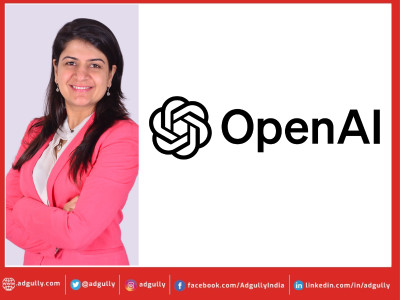


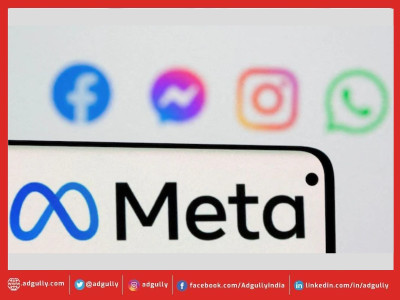
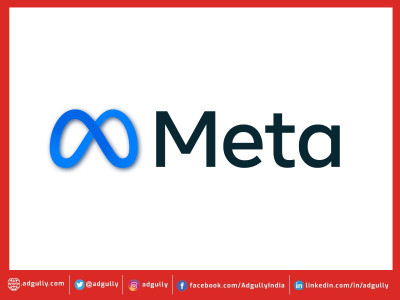
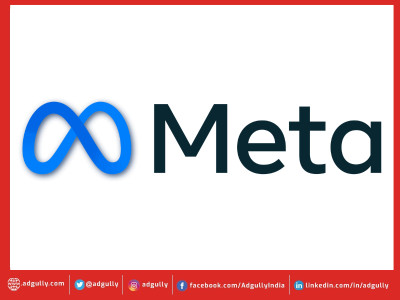

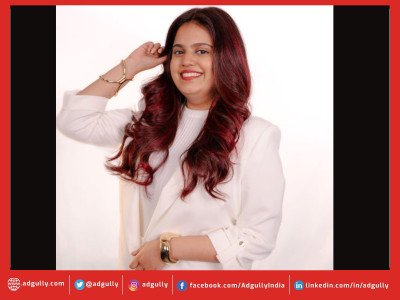
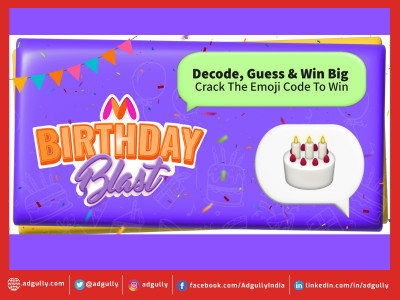
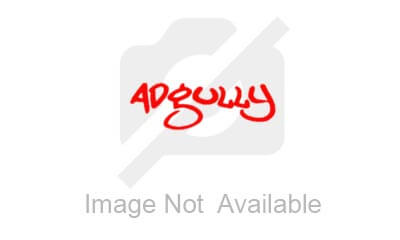
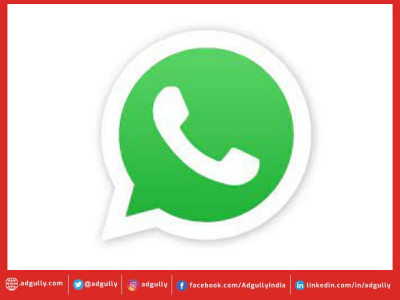



Share
Facebook
YouTube
Tweet
Twitter
LinkedIn